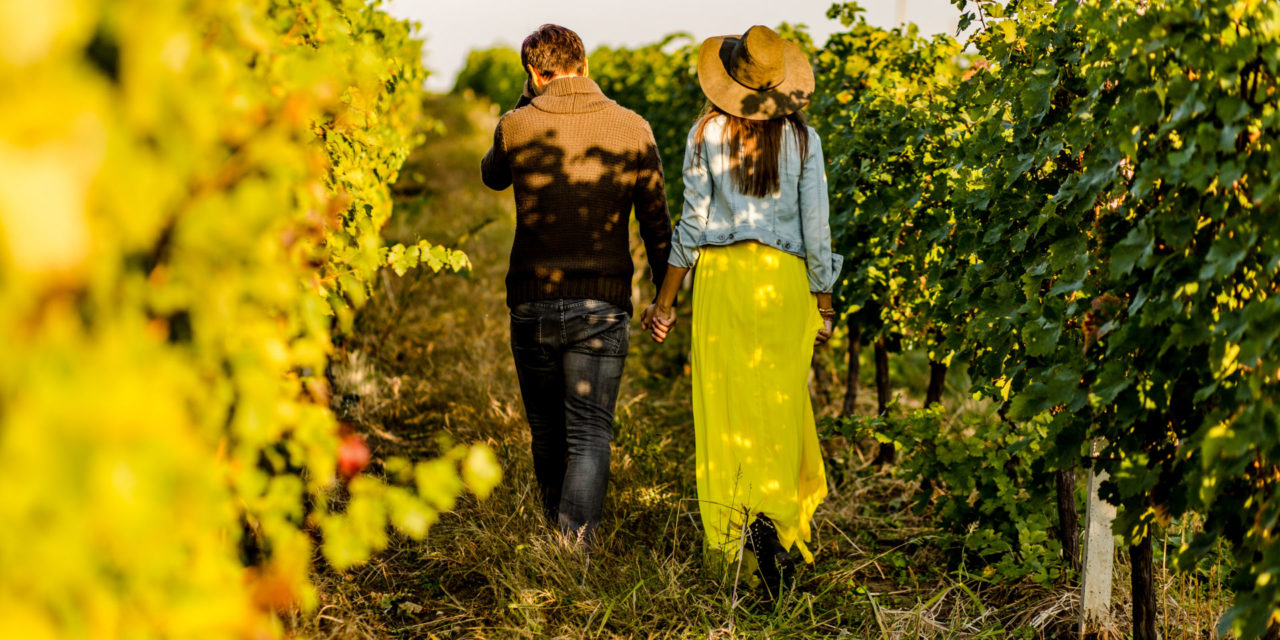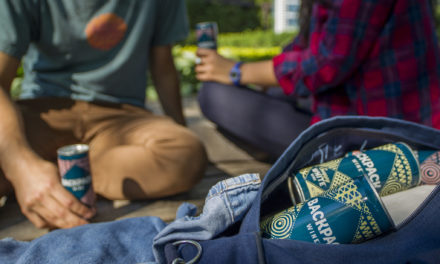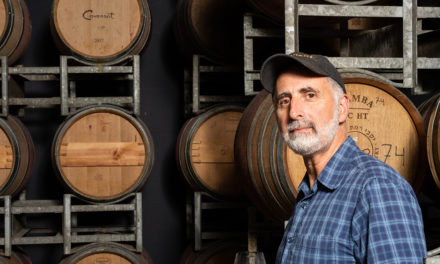If the wine industry is going to weather what appears to be flat growth, greater competition, fewer winery visitors, and a millennial generation that hasn’t (yet) enthusiastically embraced wine, it will need to re-evaluate many of its closest held assumptions.
One assumption that needs updating is that guests at winery-located events, such as weddings and corporate retreats, aren’t as valuable as tasting room visitors. This old assumption leaves revenue and future sales on the table at precisely the time when they’re needed most.
What if those same wedding guests (who are too often dismissed by winery owners and hospitality professionals as possessing little “lifetime value”) were actually of similar value to tasting room visitors—and, in many cases, worth more to the winery? While not every event or wedding guest is the same, neither is every tasting room guest, from an economic perspective. Our calculations and experience suggest a winery that hosts weddings and events with an eye toward branding, rather than just hosting, will find a revenue stream, based on attendees, that rivals tasting room visitors for value.
Often, wineries that host events for both branding and revenue receive a higher site fee—as much as $8,000 per event. Add to this an average of 120 guests, who are supplied with an average of one bottle each from the winery, and you end up with about a $50 value per event guest (based on industry average gross profit margins on wine). Meanwhile, similar calculations suggest that, after gross margins and the average number of guests in a tasting room party are considered, the average value of each of these visitors comes in at about $45, depending on the average price per bottle.
Now consider who attends weddings, as well as corporate events: It’s often the elusive millennial, who’s entering their peak marriage years. Your winery event can become an opportunity to impress the most coveted demographic in wine. Wineries that treat onsite events as branding opportunities, rather than just becoming “wedding farms,” also receive more future orders and wine club memberships from wedding and event attendees.
(This perspective on the surprising importance of event visitors is informed by representing numerous wineries and booking more than 600 weddings and events at wineries over the past five years. Intuitively, we knew that the wineries we represent sold a lot of wine at the weddings they hosted; we also saw that weddings and retreats resulted in new wine club memberships. It wasn’t until we did a formal, well-calculated comparison of the value of the average wedding attendee at a winery and the average winery tasting room visitor that we saw the real value of the event visitor.)
Recent reports by Silicon Valley Bank and ShipCompliant/SOVOS-Wines & Vines tell us that wineries need to work harder to generate sales growth and appeal to the millennial generation. That hard work will include innovative direct-to-consumer marketing, new messaging to appeal to younger generations, and perhaps even new product and pricing configurations.
But it will also be critical for wineries to once again consider the long-term and immediate value of the onsite event for weddings and corporate entities if they’re to address the new normal in the wine industry.

Marshall Bauer is president of Milestone Events Group in Santa Rosa, Calif., and a former board member of SonomaTourism and SonomaJazz.










